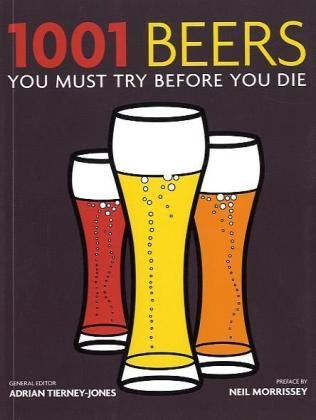I haven’t been a whisky drinker for a very long time – “whisky drinker” in the sense of cultivating an interest in the drink, in its varieties, methods of production and so forth, as opposed to merely guzzling it whilst on a teenage bender and then having your high school classmates draw a Hitler-esque moustache and an assortment of male genitalia on your face. (Just for the record, I was neither the victim nor the perpetrator of such deeds…)
Therefore, I haven’t been to many whisky-related events. Last year I attended a small function to celebrate the 10th anniversary of the Ardbeg Committee at Melbourne’s Der Raum cocktail bar. Moët-Hennessy Australia must have laid down a considerable sum of pesos to provide what was an astonishing amount of complimentary Ardbeg single malt, including a 4.5L bottle of Ardbeg Rollercoaster and an assortment of top-notch nibblies. And it turns out you can make good cocktails from a heavily peated whisky, despite whatever protestations the purists may proffer.
So, it was much to my delight that I came across a whisky event as part of the Melbourne Food & Wine Festival this year. Regrettably it was the only whisky event amongst a multitude, or perhaps an excess, of wine and beer gatherings; surely this wasn’t indicative of whisky’s popularity (or lack thereof) when compared to other beverages? Plus, it was in Bendigo. A wonderful rural town, and by no means inaccessible, but not since visiting the Suntory Yamazaki distillery in Japan have I gone to such distances for the purpose of having a dram. I attended the Saturday afternoon session of the Whisky Degustation Dinner at The Dispensary Enoteca ($95, but I believe it was worth it), hosted by the affable Graham Wright of The Odd Whisky Coy – check out his website for a brilliant list of whiskies he has in stock. With only 12 places, it was an intimate tasting event. We leisurely plowed through the following over the course of 2.5 hours:
1) Glengoyne 10 43%
2) Auchentoshan 3 Wood 43%
3) Macallan 12yo Sherry Oak 40%
4) Talisker 1998 Distiller’s Edition 45.8%
5) Riverstown Laphroaig 12yo 1998 57.4%
6) Longrow 7yo Gaja Barolo 55.8%

A Saturday stroll around Scotland.
Following this, some generous chap shouted everyone a round of Highland Park 12, which was followed up by another Highland Park, I think it may have been a HP 1990 16yo.
Anyway, Graham furnished the session with a steady stream of whisky history and trivia, enough to satisfy both the recent whisky initiates and the seasoned malt fiends. I was unaware that Macallan and Springbank send much of their profits to charitable causes – all the more reason to drink good Scotch! As for the actual malts we tried, I was particularly impressed by the Riverstown Laphroaig; needless to say, Islay malts are renowned for their smoky and peaty characteristics, but I’ve never come across a whisky with such a colossal waft of tobacco ash on the nose. Remarkable stuff. I also greatly enjoyed the Longrow; it had the expected punch of a young peated whisky, although the nose and palate (presumably) resulting from its time spent in Italian Gaja Barolo wine casks was something completely new to me. It’s apparently a spectacular wine, although I hear the price tag isn’t for the faint of heart. Of the remaining whiskies for the day, I was sold on the Glengoyne. Very clean, very light. Subtle but delicious.
Proceedings wrapped up at 5:30pm, but with an extra hour to kill until I had to hoof it to the train station I decided to change tack and hit the beer. I went for a Dead Guy Ale from the Rogue Brewery in Oregon, USA.

You know a purveyor of alcoholic beverages takes their trade seriously when they have branded glassware to match the drink.
Don’t ask me for tasting notes, I’m sure you can appreciate the fact that by this point, I simply couldn’t be arsed. Alternative, you could check out the official tasting notes here. What I will say is that I was enjoying this beer so much, I made it back to the train station in time to catch my return train to Melbourne with barely a minute to spare.
In closing, I’d like to extend my thanks to Graham Wright for hosting a solidly enjoyable afternoon and for selecting some excellent whiskies, and here’s hoping it all happens again next year.






